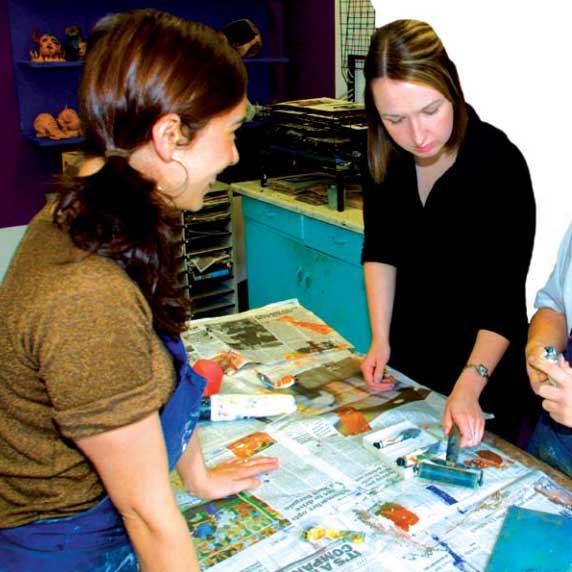
Is creativity a skill that can be taught? Creative Partnerships are about encouraging pupils to be innovative and to develop the ability to solve problems in all areas of the curriculum, from maths to technology. Despite initial criticisms that it encourages ‘loose discipline’ or undermines the essential skills of numeracy and literacy, new research definitively proves that such partnerships change young lives for the better.
In 1999 a government report entitled All Our Futures: Creativity, Culture and Education discussed the importance of promoting creativity and culture both in and out of school.
Marking the 10th anniversary of the publication, a new report has confirmed that Creative Partnerships, the Government’s flagship creative learning programme which resulted from All Our Futures, is changing the lives of young people and having a real impact on their aspirations, achievements, skills and life chances.
The Creative Partnerships: Changing Young Lives report – published by new organisation Creativity, Culture and Education (CCE), which manages Creative Partnerships nationally – shows how involvement in the programme has improved GCSE results, cut truancy, helped to engage families in education and had a positive impact on the economy.
According to research from the independent National Foundation for Educational Research (NFER), which covered 13,000 young people, pupils who have taken part in Creative Partnerships’ programmes have often outperformed others who have not been involved. The NFER research found many of the differences were relatively small but it did conclude that the results of the study suggested that Creative Partnerships is contributing to better attainment. In particular, it found that young people who have attended Creative Partnerships activities made, on average, the equivalent of 2.5 grades better progress in GCSE than similar young people in other schools. The NFER evidence also suggests the Creative Partnerships programmes have been associated with an educationally significant reduction in absence in primary schools.